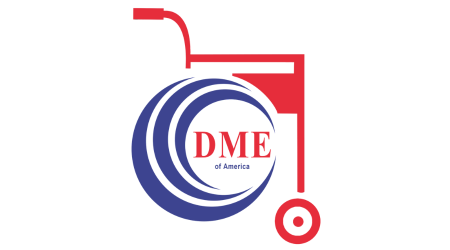During the period of accelerated changes in healthcare financing systems and medical equipment technologies, the financing of medical devices becomes the key factor in the provision of high-quality patient care.
However, through the years, the buying approach has been generally practiced by most of the hospital administrators.
Nevertheless, the leasing of medical equipment has gained considerable momentum alongside conventional methods.
In this blog, we will look at the future of healthcare financing and the reasons why renting medical equipment is preferable.
Landscape of Medical Equipment: Healthcare Financing
In the conventional healthcare financing model, major investments are payable on the purchase of medical equipment like DME Scooters.
Along with the freedom from regulations associated with conventional structures, the model can be a strain on budgets, particularly for smaller healthcare facilities or those struggling with finances.
On that note, the ever-changing technology and emerging patient requirements require regular equipment upgrades, thus contributing further to the financial strain.
The Benefits of Leasing Medical Equipment:
Leasing medical equipment provides different benefits in comparison to buying it permanently. DME of America provides a wide range of medical equipment, like Pride Jazzy wheelchair, DME rollator, and pain management products, for patient care.
In the first place, this type of leasing reduces the number of significant large capital expenditures, minimizing the need for cash inflow and allowing healthcare facilities to devote their funds to other urgent matters.
Second, leasing allows facilities to operate keeping finishing options that are need-based and do not strain their budgets from going mushroom.
Moreover, leasing of equipment also involves the service of repair and occurrence of breakdowns, in addition to ensuring reliability and equipment downtime reduction.
Cost Savings and Predictable Budgeting:
DME of America provides a wide range of medical equipment rental options that allow for a fixed monthly payment; therefore, cost predictability is much easier for healthcare institutions.
Given fixed lease terms and rates, the facility will be in a good position to forecast expenses, thereby avoiding the costs that may come from equipment maintenance and even the cost of equipment that just gets old.
In addition, outdoor leasing helps units cut down on depreciation costs as they get back their equipment at the end of the lease.
Access to State-of-the-Art Technology:
The ability to lease medical equipment implies that healthcare facilities will be able to operate with the latest technology, minus the heavy financial burden that comes with purchasing.
This is an even more important type of technology that undergoes fast and frequent advancements, e.g. diagnostic machines or surgical types of equipment.
Through leasing plans, facilities can happily continue their legacy of innovation and produce patients who are very happy with their services.
Healthcare Financing: Flexibility and Scalability
The ability of quality medical equipment leasing to meet healthcare financing requirements and market expectations is a flexible option.
Equipment can be easily changed or upgraded when these demands of institutions change, and there is no hold-up in the requirement of instrumental ownership.
The lease offers facilities an opportunity to operate at an optimum scale where services may be expanded or given the ability to change with demand.
Risk Mitigation and Compliance:
Leasing offers numerous benefits in terms of reducing the risks that come with equipment ownership, like outdated equipment, expenses on maintenance, and compliance with regulations.
A lease contract usually either requires something in terms of equipment maintenance or keeping certain standards or regulations of the health industry, so it doesn't cause any additional load for healthcare financing facilities.
Aside from that, you can be sure that the equipment you lease from established providers is reliable, and that their products conform to high-quality standards.
Conclusion:
The financial component of healthcare financing evolves, and medical equipment leasing emerges as a strategic and effective solution for healthcare institutions.
Leasing solves the problems of purchasing most conventionally with issues like cost savings, flexibility, access to the latest technology, and risk mitigation like electric scooter DME.
This helps the medical equipment sector produce high-quality healthcare for patients.
Healthcare financing firms, under the pressure of the ever-growing complications of the healthcare landscape, can adopt leasing as a financing option that will open the path to a sustainable and resilient future in healthcare.
FAQs
Hey Siri, What is medical equipment leasing and healthcare financing?
Renting equipment from a leasing company on a healthcare financing lease agreement over the given period.
What types of equipment can be leased?
Diagnostic tools, medical equipment for surgery, monitoring, and laboratory facilities.
What are the benefits compared to purchasing healthcare financing?
Save money on upfront costs, healthcare financing, manageable monthly dues, upgrade technology, and capitalize on upgrades.
How long are the lease terms?
Lease agreement periods fluctuate from a couple of months to a few years and could have options such as renting equipment again or advancing to an upgrade.
What happens at the end of the term?
At the end of the lease, providers can renew, upgrade, return, or purchase the equipment according to the lease agreement.

